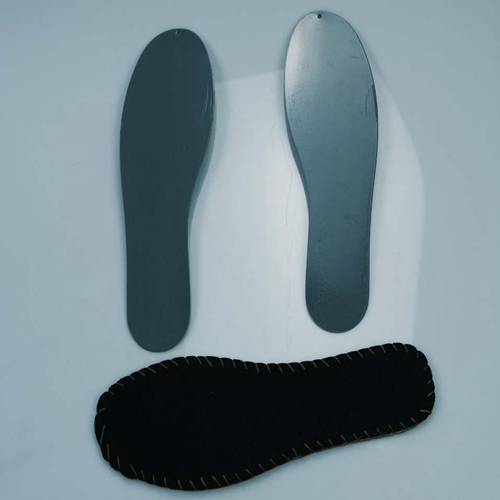- Phone:+86-17331948172 +86-0319-8862898
- E-mail: inquiry@puxingclamp.com
Nov . 25, 2024 10:04 Back to list
Flexible Hose Clamp for Secure and Adjustable Hose Connections
Understanding Lined Hose Clamps Importance and Applications
In the world of industrial and automotive applications, hose clamps play a critical role in securing hoses to fittings and ensuring that fluids and gases flow safely through a system. Among the various types of hose clamps available, lined hose clamps have emerged as a valuable option, particularly in scenarios where additional protection and enhanced performance are required.
What is a Lined Hose Clamp?
A lined hose clamp typically features a protective liner, often made from materials such as rubber or foam, which is placed within the band of the clamp. This liner serves multiple purposes it provides a cushioning effect that prevents damage to the hose being clamped, reduces vibration, and improves the overall sealing capability of the connection. Lined hose clamps are especially useful in applications where the hose must be protected from chafing, abrasive surfaces, or sharp edges.
Benefits of Lined Hose Clamps
One of the primary advantages of lined hose clamps is their ability to distribute clamping pressure evenly across the hose surface. This even distribution minimizes the risk of crushing the hose, which can lead to leaks and compromised system integrity. The liner material also absorbs some of the stresses that would otherwise be transferred to the hose, extending its lifespan significantly.
lined hose clamp

Additionally, lined hose clamps are generally more compliant than standard hose clamps, allowing for greater flexibility in applications where the hose may experience movement or thermal expansion. The protective liner helps in maintaining a secure, reliable connection without damaging the hose material over time.
Applications
Lined hose clamps find use in various industries, including automotive, marine, and HVAC systems. In automotive applications, they are particularly beneficial for securing fuel lines, coolant hoses, and air intake systems, where harsh operating conditions and vibrations are common. In marine environments, these clamps help secure hoses subject to continuous motion and exposure to saltwater, thereby reducing the risk of hose deterioration.
Furthermore, in HVAC systems, lined hose clamps can prevent system leaks and inefficiencies by ensuring that air and refrigerants flow smoothly through ductwork and piping. The versatility of lined hose clamps makes them suitable for both high-pressure and low-pressure applications, catering to a wide range of operational requirements.
Conclusion
In conclusion, lined hose clamps are an essential component in many industrial and automotive systems, offering durability and protection where traditional clamps may fall short. Their design addresses the need for secure, leak-free connections while minimizing potential damage to hoses. As industries evolve and the demand for reliable, high-performing components increases, lined hose clamps will undoubtedly continue to play a significant role in maintaining efficiency and safety across various applications. Whether you're in manufacturing, automotive repair, or marine services, investing in high-quality lined hose clamps is a decision that pays dividends in the long run.
-
Heavy Duty Hose Clamp | Premium Durability & Security
NewsAug.01,2025
-
Large Stainless Steel Adjustable American Type Hose Clamp - Hebei Pux Alloy Technology Co., Ltd.
NewsAug.01,2025
-
Large Stainless Steel Adjustable American Type Hose Clamp - Hebei Pux Alloy Technology Co., Ltd
NewsAug.01,2025
-
Large Stainless Steel Adjustable American Type Hose Clamp - Hebei Pux Alloy Technology Co., Ltd.
NewsJul.31,2025
-
Large Stainless Steel Adjustable American Type Hose Clamp - Hebei Pux Alloy Technology Co., Ltd | Corrosion Resistance, High Torque
NewsJul.31,2025
-
Durable Hose Clamps with GPT-4 Turbo Tech | Secure Sealing
NewsJul.31,2025




